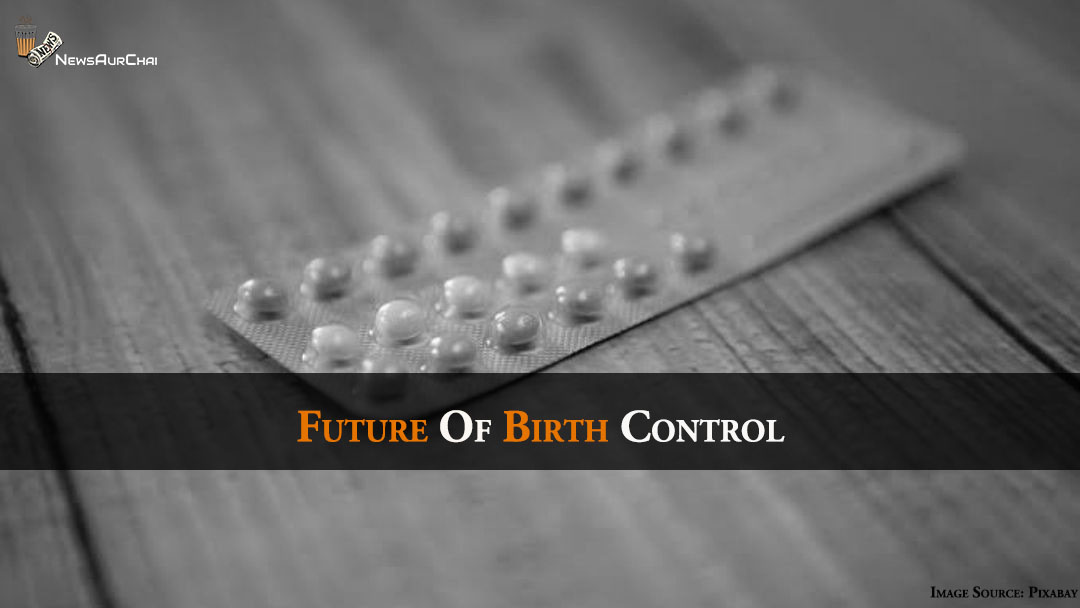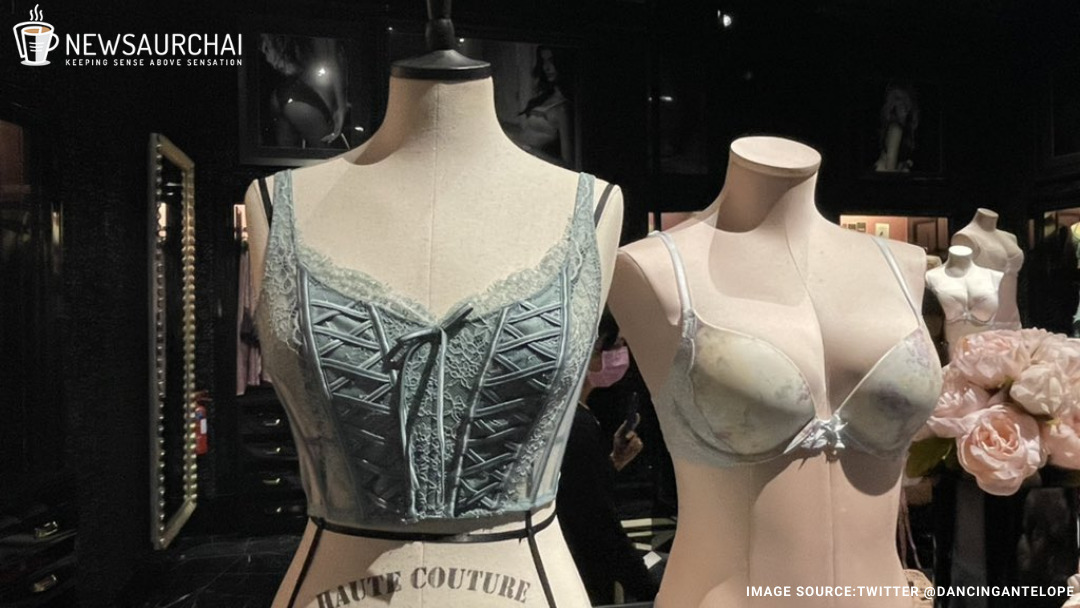Future Of Birth Control

We can say that India is literally striving hard to be on the top in population list. According to the United Nations report, India is expected to overtake China in terms of population within a decade. I’m sure many of us don’t have any doubt in this data.
The main reason for such a rise in population is due to not having proper family planning; year after year delivery is not good for women. It is said at a minimum of 3 years gap should be there between first and second child; this so as for women to regain her health and strength after the first child.
The future of birth control seems bright for women as there are many options which will be available for them. Let’s see some of them below:
Silicone ring
A notable development, aimed towards underdeveloped countries/low-income nations is Annovera, approved in August 2018 by the FDA. A combined hormonal contraceptive (CHC) in a soft, flexible ring made of silicone, it delivers serum levels of 15mcg ethinyl estradiol (EE) and 150mcg nesterone.
It is inserted for three weeks, removed for one, and used for 13 cycles. A Phase 3 study of more than 2,000 women at 27 sites in the USA, Latin America, Europe, and Australia found efficiency and safety similar to other CHCs. It is also a safe vaginal infection when compared to other CHCs, and there is no need for refrigeration.
Wireless microchip
An idea which came from the billion is now a reality to a greater extent. In 2012, Bill Gates visited Langer’s MIT lab, who inquires with Langer whether it would be feasible to design a new method of birth control that a woman could turn on and off as she likes and which she has an extended durability. This lead to the development of first wirelessly-controlled drug delivery microchip has been developed in research backed by the Gates Foundation. It is ‘the size of a scrabble tile’, just 2cm by 2cm, and less than 1mm deep and can be implanted subcutaneously into the buttock, abdomen or upper arm.
Since 2016 the pre-clinical testing has started and is expected to reach the market soon. It supplies 30mcg levonorgestrel daily, from a sealed array of micro-reservoirs, for up to 16 years. Activated by a key fob, it can be controlled with a remote. However, the fob has to be held over the implant, to ensure the right patient is being targeted.
Intrauterine ball
Intrauterine ball a flexible, frameless device, introduced using a narrow, 3.2mm inserter is yet another advancement in birth control. Out of 40,000 test subjects across Europe, only 1.6% have been expelled. There have been just 42 pregnancies, an efficiency rate of 99.89%.
An interim data released based on the study of 336 patients showed slightly less bleeding from the ball when compared to a traditional IUD. Up to two years post-insertion, there was significantly less pain.
We can hope that these new advancements in birth control will be both helpful for the nation as well as women.





